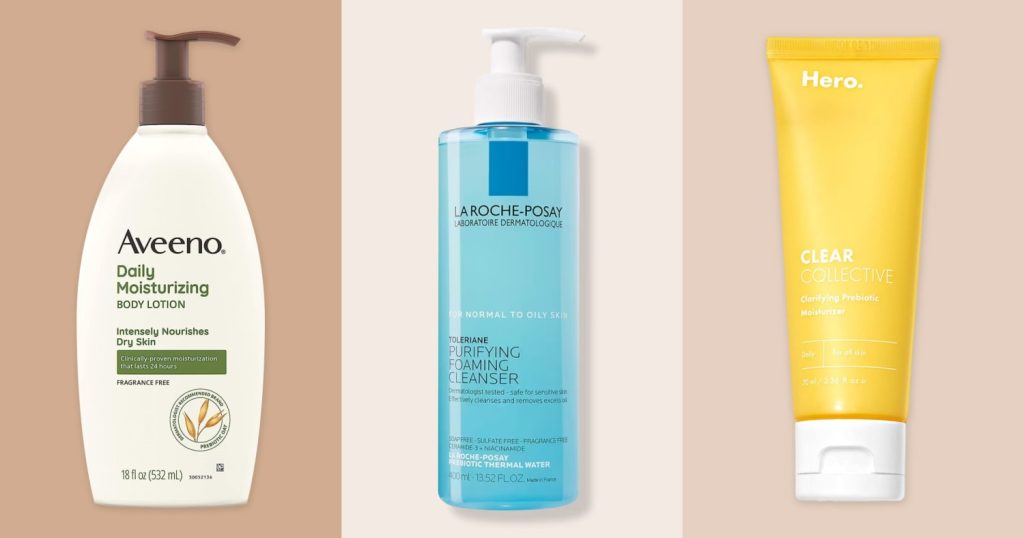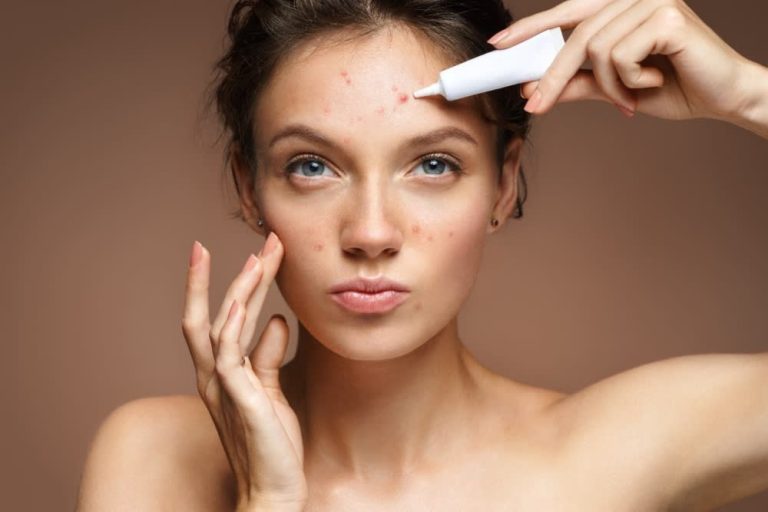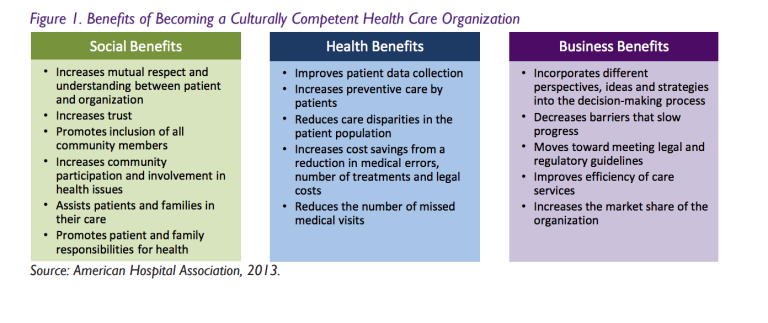
Let’s be honest—skincare can feel like walking a tightrope when your skin is both sensitive and acne-prone. Too harsh, and you’re left with redness and irritation. Too gentle, and breakouts linger like uninvited guests. The secret? Working with your skin’s microbiome, not against it.
What Is the Skin Microbiome (And Why Should You Care)?
Think of your skin’s microbiome as a bustling city of bacteria, fungi, and other microorganisms. When balanced, they’re your first line of defense—keeping moisture in, irritants out, and breakouts at bay. But strip away too many “good” bacteria with harsh products, and the delicate ecosystem crumbles. The result? Dryness, inflammation, and—yep—more acne.
Signs Your Microbiome Might Be Off-Balance
How do you know if your skin’s microbiome needs TLC? Watch for:
- Sudden sensitivity to products you’ve used for years
- Redness that sticks around like a bad habit
- Breakouts that never quite heal
- A tight, dry feeling—even after moisturizing
Microbiome-Friendly Skincare: The Basics
Here’s the deal: microbiome-friendly skincare avoids the “scorched earth” approach. Instead of nuking every bacterium in sight, it nurtures the good guys while gently managing the troublemakers. For sensitive, acne-prone skin, that means three golden rules:
- Skip the sulfate surfactants. They’re like bulldozers for your skin barrier.
- Look for prebiotics and postbiotics. These feed and support your microbiome (more on that later).
- pH matters. Aim for cleansers around 4.5–5.5—close to skin’s natural acidity.
Ingredients to Embrace (And Avoid)
Not all ingredients are created equal. Here’s a quick cheat sheet:
| Seek Out | Approach With Caution |
| Prebiotics (inulin, xylitol) | Sodium lauryl sulfate |
| Postbiotics (lactic acid, fermented extracts) | Alcohol denat (high concentrations) |
| Niacinamide | Fragrance (synthetic) |
| Zinc PCA | Physical scrubs (for sensitive skin) |
Pro tip: Fermented ingredients (like galactomyces) are having a moment—and for good reason. They’re packed with postbiotics that soothe while strengthening the skin barrier.
A Simple Routine for Sensitive, Acne-Prone Skin
Less is more. Seriously. Overloading your skin with 10-step routines can backfire. Try this pared-down approach:
AM Routine
- Cleanse: A milky, non-foaming cleanser with prebiotics
- Treat: Niacinamide serum (2–5%) to calm redness
- Moisturize: Light gel-cream with squalane
- Protect: Mineral SPF (zinc oxide is microbiome-friendly!)
PM Routine
- Double cleanse: Micellar water first, then a gentle cream cleanser
- Treat: Azelaic acid (10% or less) to tackle acne without irritation
- Moisturize: Richer cream with ceramides
Note: If your skin feels tight or stings, scale back. A healthy microbiome thrives on consistency, not aggression.
Common Mistakes (And How to Fix Them)
Even with the best intentions, it’s easy to misstep. Here’s what to watch for:
- Over-exfoliating: Once a week with lactic acid is plenty for sensitive skin.
- Mixing too many actives: Retinol + BHA + vitamin C = a microbiome nightmare.
- Ignoring your skin’s signals: If it burns, stop. No exceptions.
The Takeaway
Balancing sensitive, acne-prone skin isn’t about declaring war on breakouts—it’s about diplomacy. By supporting your microbiome, you’re not just treating symptoms; you’re rebuilding your skin’s natural resilience. And honestly? That’s skincare that lasts.







